Seomyeon 1beon-ga (Seomyeon First Street) (서면1번가)
2019-10-03
61, Sincheon-daero 62beon-gil, Busanjin-gu, Busan
+82-51-605-4091
As one of the busiest streets in Busan, Seomyeon 1beon-ga is also known as the Art Street. It stretches over 330 meters, connecting former Cheonujang and the LG Service Center.
The street bustles with life all day long, full of cafes, bars, and restaurants that offer delicious, but inexpensive food and drinks. In addition, it offers a wide array of entertainment facilities such as movie theaters, performance halls, and game facilities. The streets also serve as a venue for festivals and performances, making it the most popular street in Busan. During weekends, diverse cultural events are held, providing visitors with an opportunity to enjoy street performances as well as engage in activities.
Mukhohang Port (묵호항)
2021-03-17
22, Ilchul-ro, Donghae-si, Gangwon-do
+82-33-530-2271
Situated in Donghae, Mukhohang Port opened in 1941 and used to be the most prolific trading port on the east coast. However, with the steady change in the economy, it has now become a center of fishing. A large wholesale seafood market at the port offers a wide array of freshly caught seafood. From early in the morning, merchants across the country gather at the market to purchase fresh seafood. Dried fish are also available.
Mukho Lighthouse, located atop Dongmunsan Mountain, opened in June 1963 as an unmanned lighthouse guiding ships into Mukhohang Port. The two-story lighthouse is 12 meters tall and is made from cement. The white lighthouse stands out against the blue sea and sky to create a fantastic image. The area surrounding the lighthouse has been turned into a small park. There is a large rock inscribed with a poem about the sea near the park entrance.
Tongyeong Mireuksan Mountain (미륵산(통영))
2021-02-25
115, Bongsudolsaem-gil, Tongyeong-si, Gyeongsangnam-do
+82-55-650-0580
Situated in the middle of Mireukdo Island on the southern part of Tongyeong, Mireuksan Mountain (altitude 458.4 meters) is also sometimes referred to as Yonghwasan Mountain after Yonghwasa Temple. Additional temples on the mountain include the more secluded Gwaneumam and Dosoram Hermitages, as well as Miraesa Temple. While not as tall as other mountains, it is famous for its lush forest, valleys with pure water, odd-shaped rocks, and rock caves. The mountain is beautiful year round with royal azalea in spring, bright foliage in fall, and breathtaking views of the Korean archipelago.
Wine Korea (와인코리아)
2019-10-05
662, Yeongdonghwanggan-ro, Yeongdong-eup, Yeongdong-gun, Chungcheongbuk-do
+82-43-744-3211
Wine Korea is the only winery in Korea that has a vineyard and produces wine products with its own brand. Opened in 1995, the winery expanded its facilities in 2001 to become an all-in-one stop. Visitors can tour the winery, wine gallery and cellar, taste-test various wines, or enjoy a footbath as part of the many programs available. The winery also has a connection with KORAIL, operating the special wine-themed train.
Gaehwa Art Park (개화예술공원)
2021-05-24
673-47, Seongjusan-ro, Boryeong-si, Chungcheongnam-do
+82-41-931-4613
Situated in Boryeong, the spacious Gaehwa Art Park is a theme art park that houses a variety of parks and attractions: to name a few, Mosan Fine Arts Museum, Birim Park, Yukpilsi Park, Hwain Music Hall, and Herb Land. The orange roof of Mosan Fine Arts Museum was made by using local stones. At Yukpilsi Park, visitors can see over 1,500 sculptures, statues and monuments as well as large stones inscribed with famous Korean poems. At Herb Land, visitors can enjoy dining. Throughout the park, visitors can see seven different ponds, waterfalls, and walking trails as well as animals such as deer, rabbits, and ducks roaming freely.
Pungsuwon Catholic Church (횡성 풍수원천주교회(풍수원성당))
2020-03-17
30, Gyeonggang-ro yuhyeon 1-gil, Seowon-myeon, Hoengseong-gun, Gangwon-do
+82-33-342-0035
Pungsuwon was the first catholic village in which over 40 faithful from Yongin (Gyeonggi-do), led by Sin Tae-bo (or St. Peter), settled to escape the wrath of Sinyubakhae (religious persecution of Catholics) of 1801. Over a period of 80 years, the settlers had led their religious lives without a priest until Father Le Merre (a French priest) came to the village in 1888. Succeeding Le Merre in 1896, Father Jeong Gyu-ha (or Augustino), along with Chinese engineers, began to build Pungsuwon Cathedral.
Completed in 1907 by the faithful, the cathedral still remains a beautiful building even after 110 years; it is a popular spot for visitors, having frequently appeared in Korean dramas and films such as “Love Letter (1995 MBC miniseries).” It is the first cathedral built by a Korean priest as well as in Gangwon-do; it is the fourth cathedral built in Korea. Pungsuwon Cathedral was designated as Gangwon-do Local Cultural Property No.69 in 1982.
Busan Gwangandaegyo Bridge (부산광안대교)
2025-04-15
203 Suyeonggangbyeon-daero, Haeundae-gu, Busan
+82-51-780-0077
Busan Gwangandaegyo Bridge (Busan 66, also called Gwangan-daero) stretches over 7.4 kilometers from Namcheon-dong in Suyeong-gu, Busan to Centum City in U-dong, Haeundae-gu. It is the longest bi-level bridge over the ocean in Korea. In addition to providing a quick way to get around, the bridge offers breathtaking views of nearby attractions, including the endlessly unfolding ocean, Oryukdo Island, Hwangnyeongsan Mountain, Gwangalli Beach, Dongbaekseom Island, and Dalmaji Hill.
Equipped with thousands of LED lights, the bridge showcases a beautiful lighting exhibition at night that changes with the seasons. The bridge offers a majesty beauty when combined with nearby attractions during the day and a romantic atmosphere at night, attracting many residents and tourists.
Gyeongpo Provincial Park (경포도립공원)
2021-08-18
San 284-1, Sacheon-myeon, Gangneung-si, Gangwon-do
+82-33-640-4537
Gyeongpo Provincial Park was officially opened on June 26, 1982. It houses many cultural assets and memorial sites centered around Gyeongpodae Pavilion, Gyeongpoho Lake, and Gyeongpo Beach. One of the eight scenic spots in Gwandong (old name of Gangwon-do), Gyeongpodae is famous for viewing the moon, as well as fishing at Gyeongpoho Lake. However, fishing is now prohibited due to the lake being designated as a natural protection area.
Gyeongpo Beach is thought to be the best beach on the East Coast. The crystal waters of Gyeongpo Beach, elegant Gyeongpoho Lake, Gyeongpodae Pavilion, Banghae Pavilion, Hohae Pavilion, Gyeongho Pavilion, and Gyeongyangsa Temple make Gyeongpo Provincial Park a great vacation attraction year round. Known as one of the most scenic locations in Gangwon-do, visitors can enjoy cherry blossoms in the spring, swimming in the summer, and deep-sea fishing and walking on the beach in the winter.
Dora Observatory (도라전망대)
2024-11-28
310 Je3ttanggul-ro, Jangdan-myeon, Paju-si, Gyeonggi-do
+82-31-954-0303
Dora Observatory is the closest DMZ observatory to Panmunjeom. From Dora Observatory, one can see not only the Panmunjeom but also the village of Daeseong-dong within the DMZ, mountains and farmlands on the North Korean side, and the city of Gaeseong, a North Korean city and the historic capital of Goryeo (918-1392). Individual visits are not allowed. The observatory can only be accessed through the DMZ Peace Tour, which embarks from Imjingak Pavilion after reservation. All visitors are required to bring their identification, such as passports or Alien Registration Card (ARC).
Yeouido Hangang Park (여의도한강공원)
2024-10-29
330, Yeouidong-ro, Yeongdeungpo-gu, Seoul
+82-2-3780-0561
Situated in Yeouido, the heart of politics, media, banking and finance, Yeouido Hangang Park is easily accessible via public transportation. The park hosts many exciting events, from the Yeouido Cherry Blossom Festival in spring to the International Fireworks Festival in fall, as well as concerts and marathons throughout the year. Well-preserved natural areas such as Bamseom Island and Yeouido Saetgang Tributary provide visitors with an opportunity to learn about nature and ecology. In addition, thanks to the Hangang Renaissance Project, the park is full of new attractions: the Water Light Square, waterside fountains, a riverside stage, a yacht marina, and more.
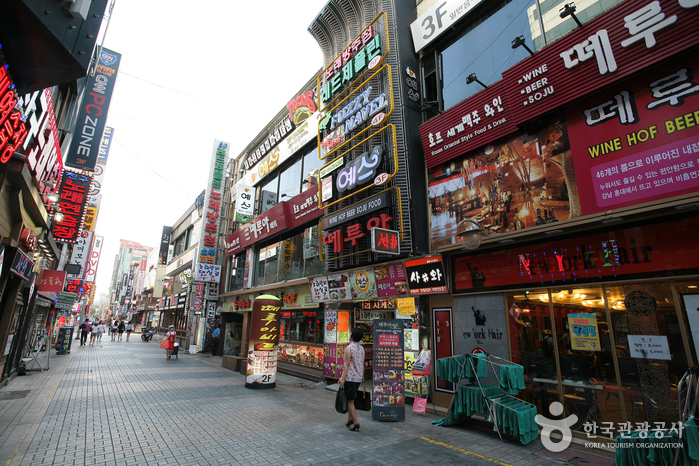
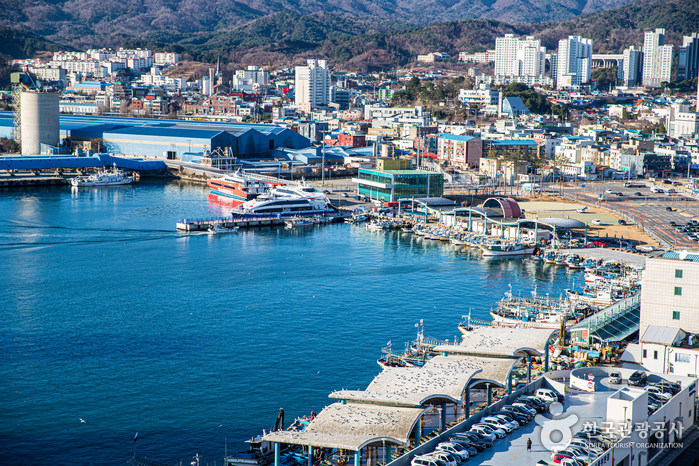
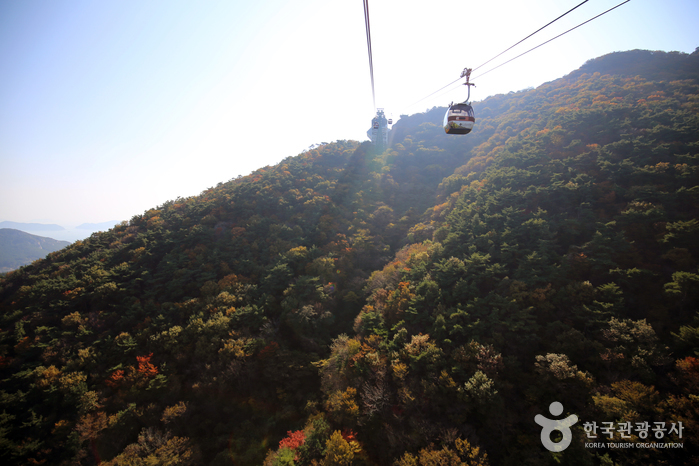
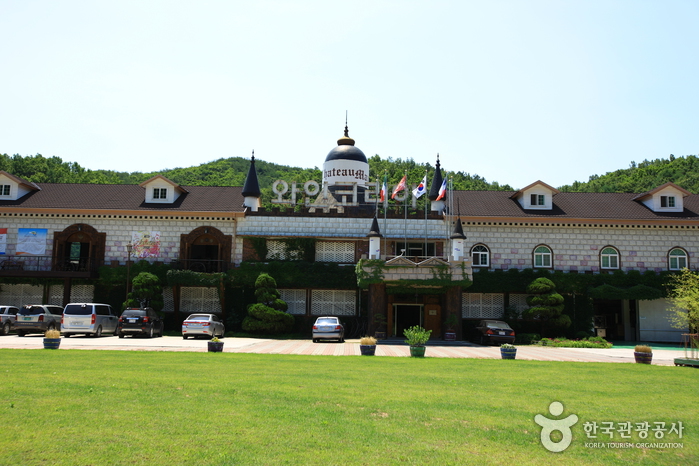
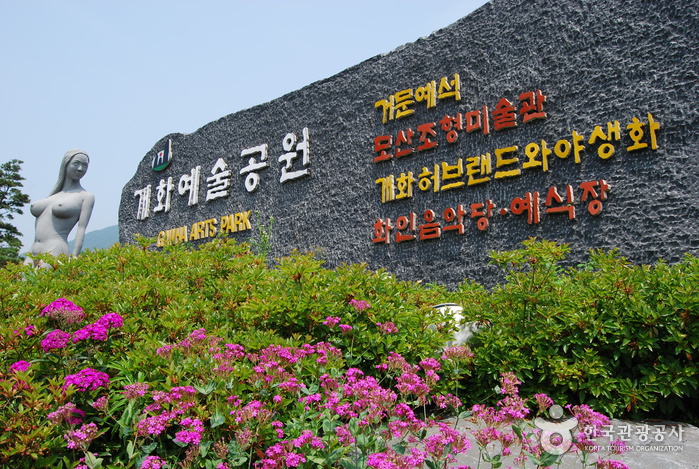
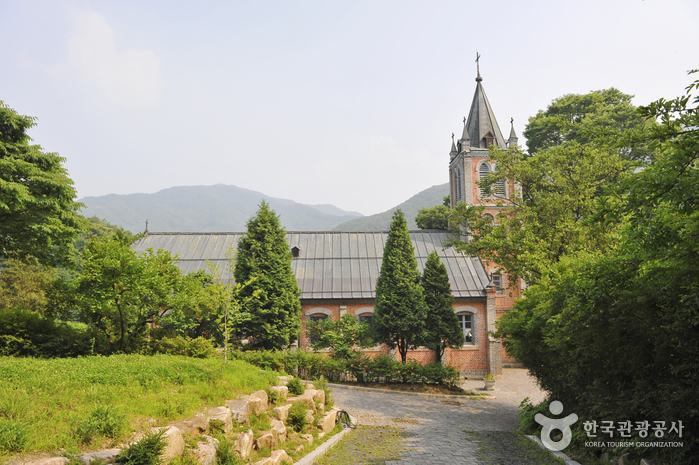
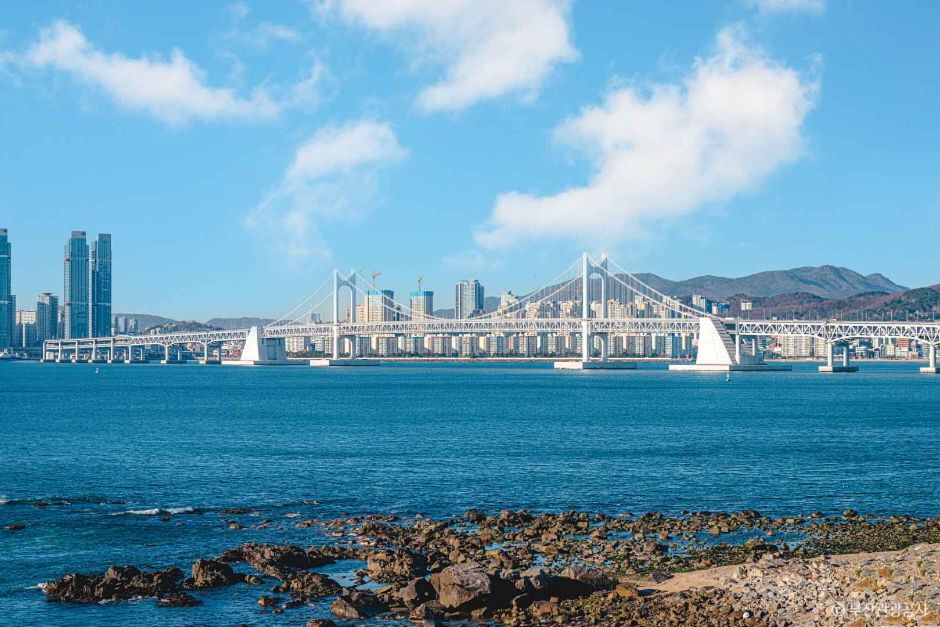
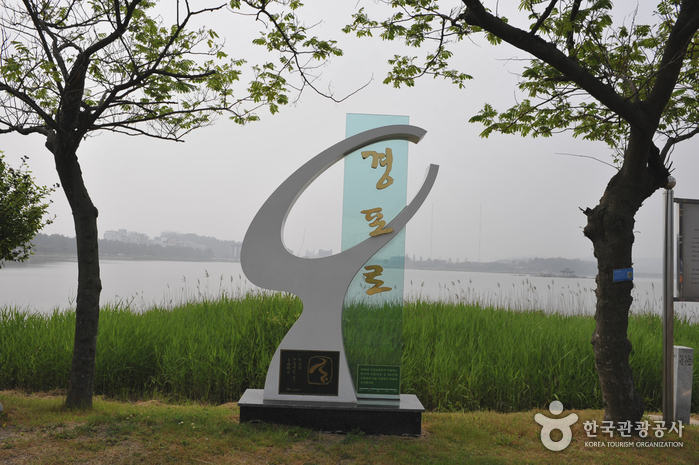

 English
English
 한국어
한국어 日本語
日本語 中文(简体)
中文(简体) Deutsch
Deutsch Français
Français Español
Español Русский
Русский